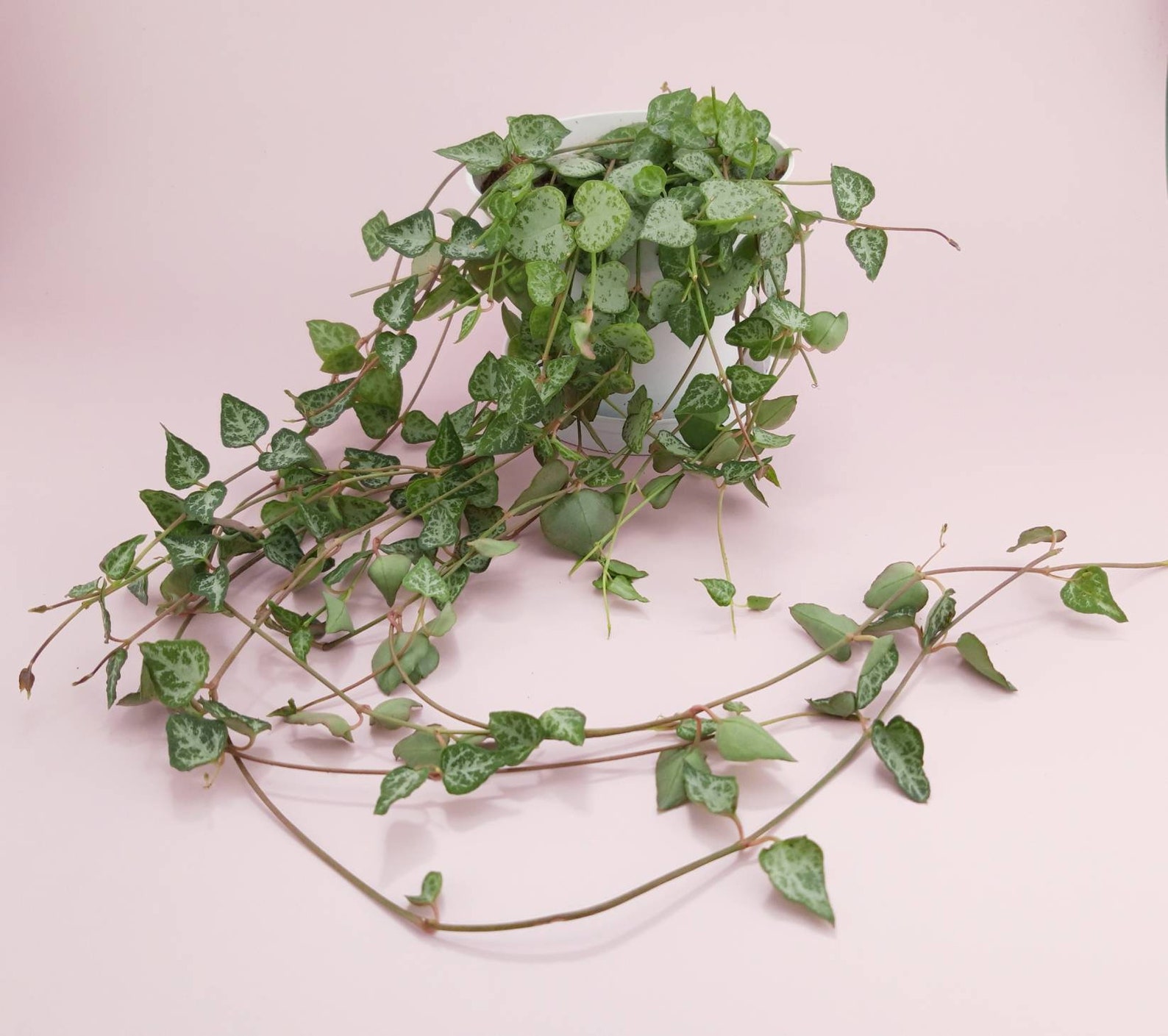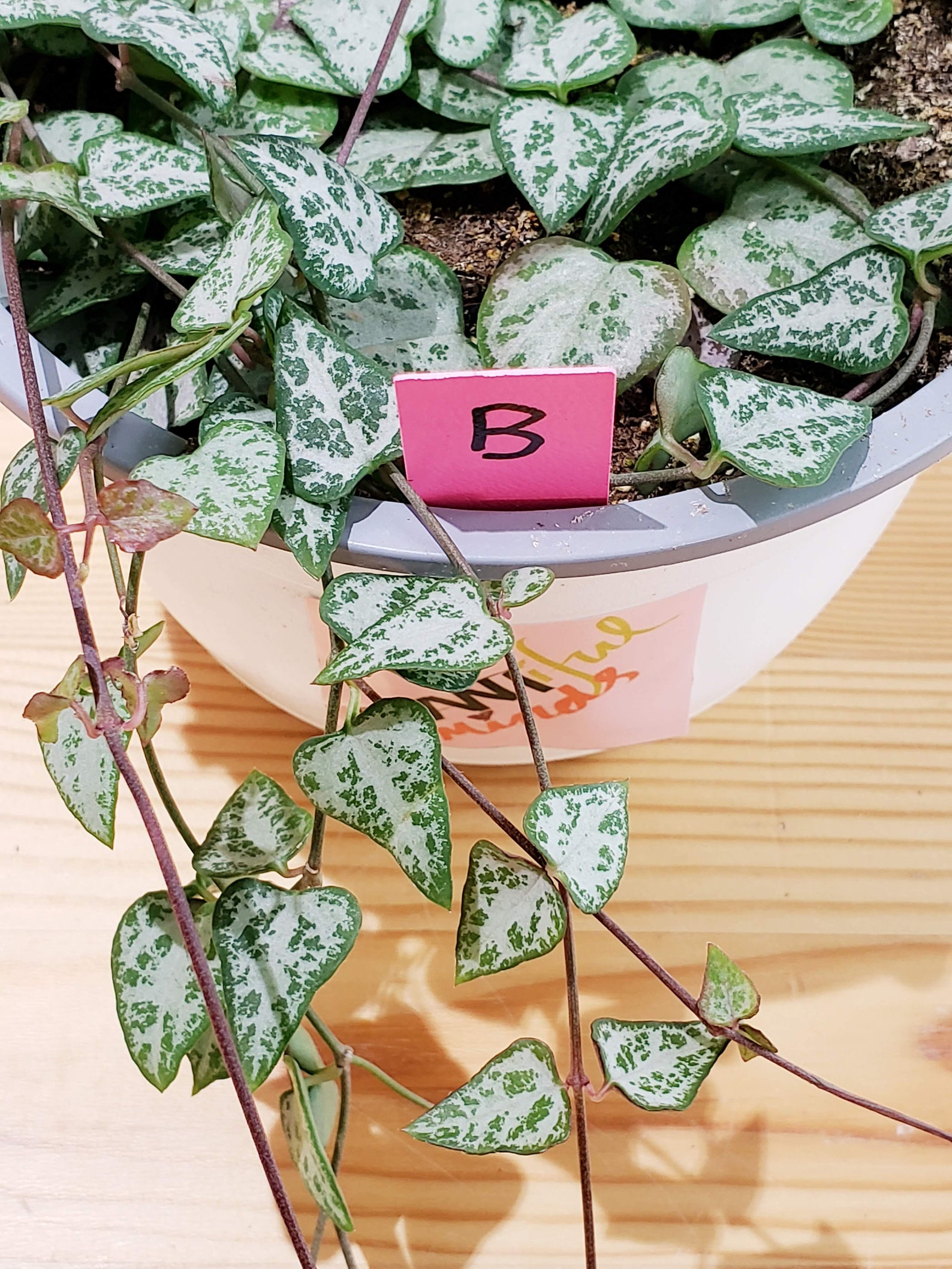

On the flip side they don't like the cold much. So they should easily cope with both your average and also hottest rooms in your home. We do ours in early Spring and once more in mid Summer with a regular liquid fertilizer for houseplants and that's it. Be extra careful if you're growing it in a cooler / lower light part of your home.Ī specially formulated Cactus or Succulent feed is the ideal choice, but it won't turn its nose up at a regular all-purpose houseplant formulation if that's all you have.Īlthough the stems can grow to immense lengths, the plant doesn't need a great deal of fertiliser. String of Hearts will easily rot if the soil is kept constantly wet, or you give too much water, so ensure you let the soil dry between waterings. Plants in warm temperatures and high light locations will need more water than those growing in cooler and lower light spots. Ultimately the amount of water it will need will depend on where you grow the plant in terms of how much heat and light it receives. On the flip side, if the leaves are feeling squishy or spongy, then it's a good sign that the soil is dry and it needs some more water. TIP - Typically, plump leaves will often mean the plant has enough water. This could mean watering it once a week or so in Summer, and once every two weeks (or even less) in the Winter months. In our experience, it's perfectly happy and thrives by being well watered and then not watered again until the soil has or has almost, fully dried out. This is a semi succulent plant so it will cope with sporadic watering. You'll get the best looking leaves and good amounts of growth from having it in a bright location with just the occasional ray of sunlight hitting the growing stems.

However avoid gloomy, low light conditions and intense sun-drenched south-facing windows. It will put up with some lower light conditions and also some fairly bright spots. This is an adaptable houseplant when it comes to light levels. It's the rarer of the four available so you may need to search this one out from online sellers.

They also have fairly limited blotches and variegation so can appear quite plain.Ĭeropegia woodii 'Mini Star' have narrow leaves and they're a much lighter green. Has a similar look shape wise but the leaves are wider and have a more apple than heart shape. This carries onto the back of the leaf where the purple hue deepens.Ĭeropegia woodii 'Silver Glory' (see first photo at the start of this article). It has the same mottled green and silvery grey on the leaf surface but just before the edges of the leaf, the green and grey disappear and are instead replaced with a slight purple hue. The "standard" and "variegated" being the most common.Ĭeropegia woodii 'variegata' (photo above) is the variegated type. TIP - There are only a handful of cultivars currently available. To make things more complicated the two look remarkably similar at first glance because the standard is also slightly variegated, so can be hard to tell apart. In fact, you're only likely to come across either the standard variety or the variegated type.

The varieties and cultivars of Ceropegia Woodii as a houseplant is limited to around four currently. The Variegated String of Hearts has the same care requirements but is harder to find


 0 kommentar(er)
0 kommentar(er)
